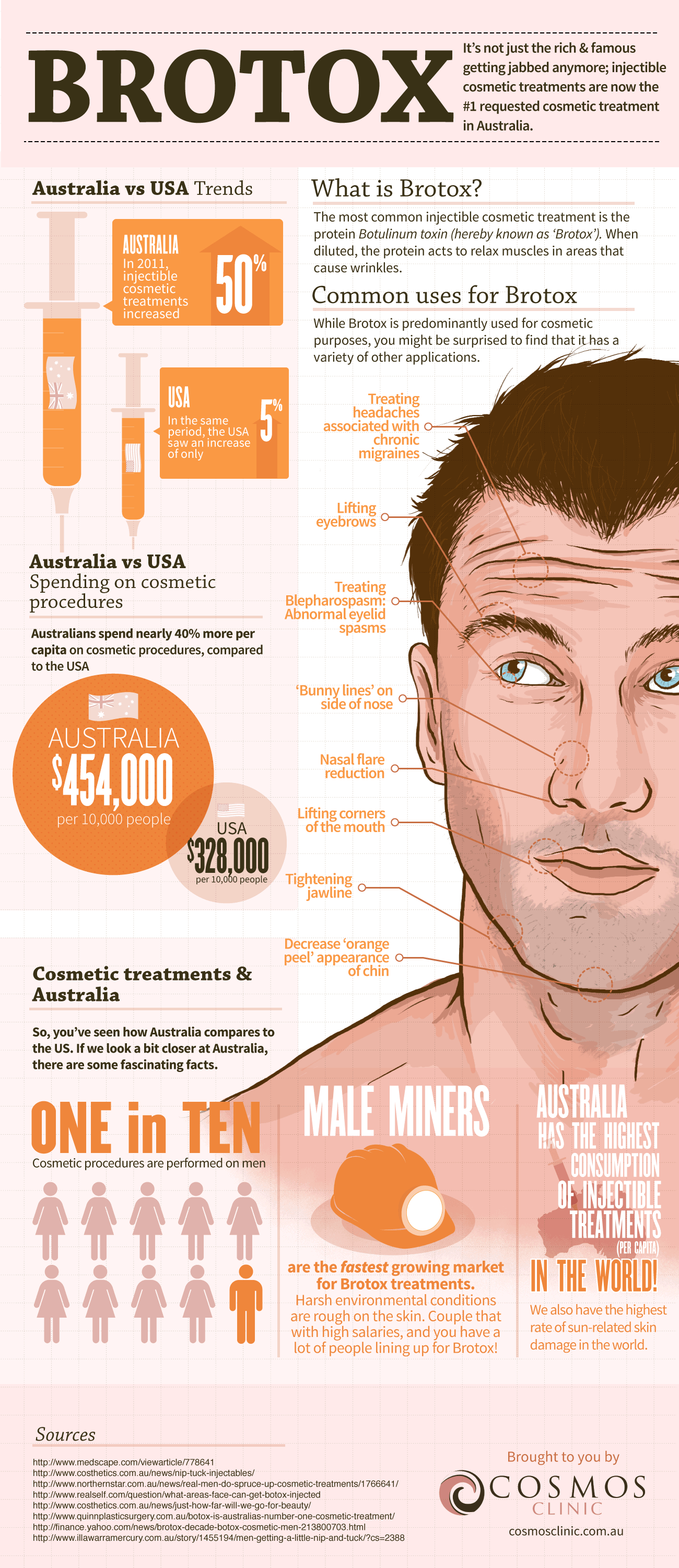AHAs are a crucial component for unclogging pore clogs and brightening acne-prone skin. They function by breaking down dead skin cell buildup to advertise newer, fresher cells, and avoiding future clogs.
Creating topical AHAs demands meticulous attention to different crucial variables that considerably affect their efficiency and tolerability. Keeping the optimal pH range, together with automobile option and focus, amplifies their exfoliative attributes while reducing prospective negative responses.
Glycolic acid
Glycolic acid is recognized for its mild yet effective exfoliating residential properties, which advertise skin's all-natural losing and loosen up the "adhesive" that holds dead cells externally of the skin. This aids unblock pores and minimize the appearance of fine lines and wrinkles, as well as improve overall skin texture and tone.
Remarkably, topical glycolic acid has likewise been shown to promote the production of collagen, which is crucial in preserving skin's firmness and elasticity. It is very important to keep in mind, nonetheless, that due to the fact that glycolic acid can boost the skin's level of sensitivity to sunshine, it is vital to wear sun block when using any items having this active ingredient.
Dermatologists pay careful attention to the formulation of items containing AHAs in order to maximize their efficiency and tolerability. Creating AHAs with the ideal lorry, in addition to pH and focus factors to consider, permits ideal skin infiltration while lessening prospective unfavorable reactions. This is especially essential for patients with sensitive skin, since AHAs are recognized to be gently bothersome.
Lactic acid
Lactic acid is discovered in lots of over the counter skin care products and some stronger specialist peels and therapies. It has the most affordable molecular weight of all the AHAs and has the ability to permeate deeper into the skin, where it is more reliable at unclogging pores and scrubing.
Like glycolic acid, it likewise promotes collagen synthesis, which helps diminish fine lines and creases and enhance skin plus revita skin structure. Additionally, it has moisture-retention residential or commercial properties, which makes it preferable for drier skin kinds than other AHAs.
The extensive body of professional information corroborating the effectiveness of topical AHAs supports their energy in a variety of skin-related conditions and aesthetic concerns. These consist of elaborate skin rejuvenation treatments, depletion of fine lines and wrinkles, lightening of hyperpigmentation, healing treatment for actinic keratosis, and acne management [2] Optimizing the solution of AHAs by stabilizing pH, concentration, and lorry option even more enhances their healing capacity. These careful factors to consider make it possible for skin specialists to deliver secure and efficient treatments that give remarkable medical results.
Mandelic acid
Mandelic acid, stemmed from almonds, is one more member of the AHA family members and is a prominent ingredient in items that assist deal with acne. Its bigger molecular size suggests it permeates the skin more gradually and carefully, which can reduce the capacity for irritation. It's additionally less most likely to set off soreness and various other skin sensitivity concerns, making it appropriate for delicate skin kinds.
Mandelic Acid is thought to help in reducing inflammation and increase hydration. It works by loosening up the bonds between dead skin cells, allowing them to drop and reveal fresher-looking skin. It likewise helps reduce the look of enlarged pores.
Developing topical products with AHAs calls for an accurate equilibrium of essential variables that considerably influence their effectiveness and tolerability. Specifically, the pH of an AHA formula has actually been shown to play a critical function in its ability to promote peeling and improve complexion and structure. Attaining this optimal focus is a challenging objective and requires careful attention to the different variables that affect the solution process.
Citric acid
Citric acid, discovered in citrus fruits such as oranges and lemons, is a mild AHA. It's less bothersome than glycolic or lactic acid, making it better for delicate skin. It also has astringent residential properties, helping to dry excess oil.
Like various other AHAs, citric acid can be utilized in chemical peels and day-to-day active/maintenance treatments to scrub the skin and advertise cell turnover. It can help in reducing the appearance of dark areas and hyperpigmentation, along with fine face lines.
It can additionally enhance the synthesis of glycosaminoglycans, which play a vital role in enhancing the skin obstacle function. This helps to prevent trans-epidermal water loss, and keep optimum hydration degrees in the skin [35]
AHAs can be incorporated with comforting active ingredients such as ceramides or hyaluronic acid to improve their tolerability. They can be incorporated into day-to-day active/maintenance skincare with lotion or serum formulas. This permits practitioners to tailor their AHA therapies based upon patient requirements and choices, with the flexibility of choosing from various therapy intensities or concentrations.
